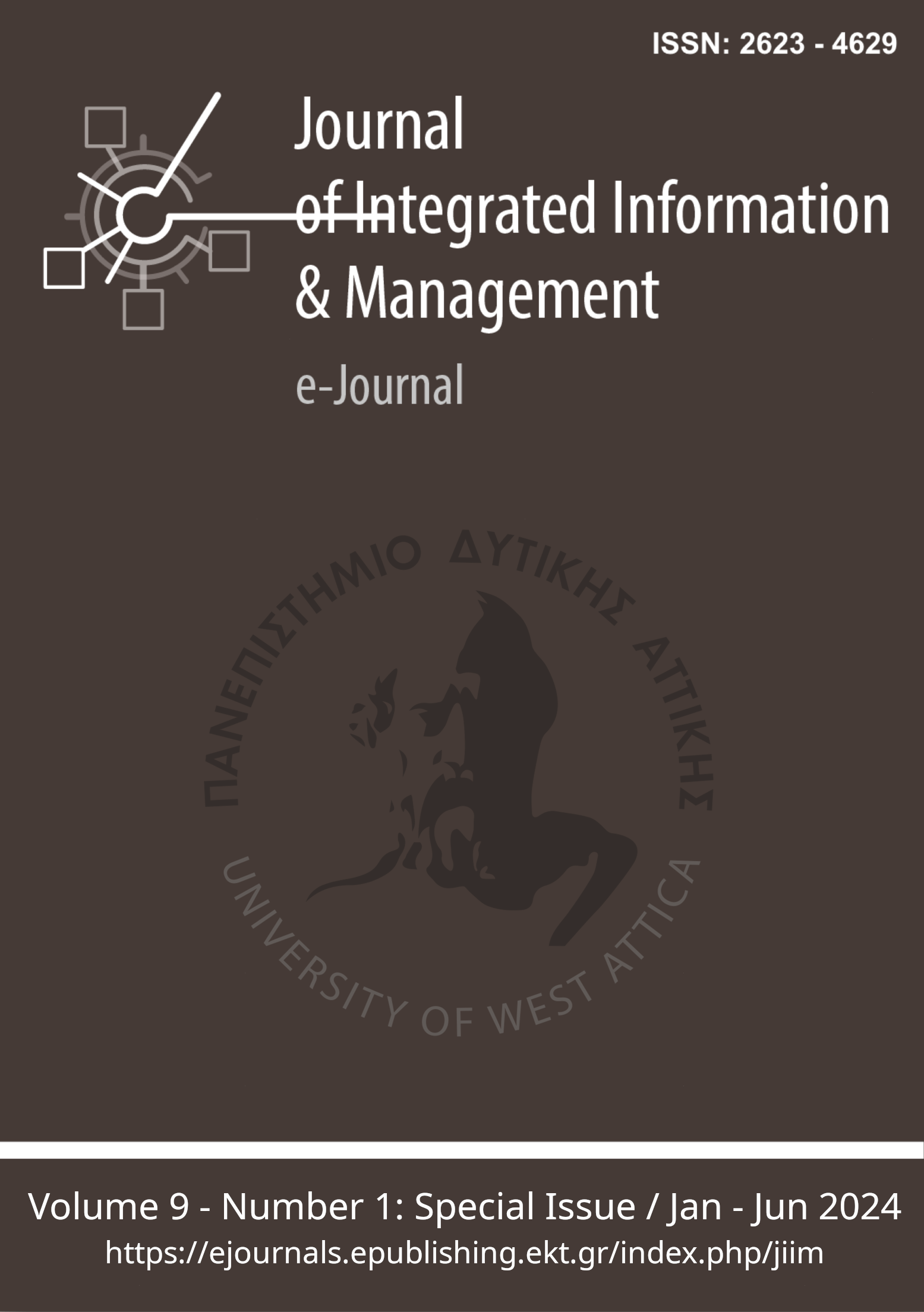Unveiling Urban Narratives eLEONAS ppWebGIS - A Multifaceted Digital Storytelling Journey through Eleonas

Abstract
Purpose – Along with the implementation of the eLEONAS ppWebGIS project, an innovative digital storytelling initiative embarked on a multifaceted exploration of the Eleonas region in Attica, unveiling its unseen dimensions and weaving a captivating narrative of urban transformation. As the area undergoes a significant urban redevelopment from its industrial past, eLEONAS ppWebGIS seeks to shed light on three essential aspects: a) the often-overlooked invisible labour that shaped the region, b) the architectural significance of its building stock, and c) the intricacies of environmental and urban planning information.
Design/methodology/approach – The current research and implementation took place under the project which mainly aimed to introduce participatory planning in the Integrated Sustainable Development Planning as a "system" that can deliver at multiple scales, while responding directly to the needs of the public. For this purpose, the participatory processes emphasized correspond to the following planning/social needs: a. prediction, b. planning and c. prioritization.
Findings – The tools developed through the project were tested around three pilot applications in the Eleonas, while supporting toolkits were created to enable the implementation of a same approach in other areas in Greece with similar characteristics. In this paper, we are focusing on the social innovation character of the methodology, which was achieved through the development of tools for re-appropriation of space by the residents themselves, namely: a. digital routes and narratives on the physical space (φ-gital) and b. Location based Social Network.
Originality/value – Through carefully curated digital routes, eLEONAS ppWebGIS introduced users to the unseen side of Eleonas, revealing the stories of the labourers whose contributions were fundamental to the area's industrial history and present.
Article Details
- How to Cite
-
Velegrakis, G., Vakkas, T., & Faras, A. (2024). Unveiling Urban Narratives: eLEONAS ppWebGIS - A Multifaceted Digital Storytelling Journey through Eleonas. Journal of Integrated Information Management, 9(1), 44–51. Retrieved from https://ejournals.epublishing.ekt.gr/index.php/jiim/article/view/38587
- Section
- Research Articles

This work is licensed under a Creative Commons Attribution-NonCommercial 4.0 International License.
Copyright Notice
Authors who publish with JIIM agree to the following terms:
- Authors retain copyright and grant the journal right of first publication with the work simultaneously licensed under a Creative Commons Attribution Non-Commercial License that allows others to share the work with:
- An acknowledgment of the work's authorship and initial publication in this journal.
- Authors are permitted and encouraged to post their work online (preferably in institutional repositories or on their website) prior to and during the submission process, as it can lead to productive exchanges, as well as earlier and greater citation of published work.





